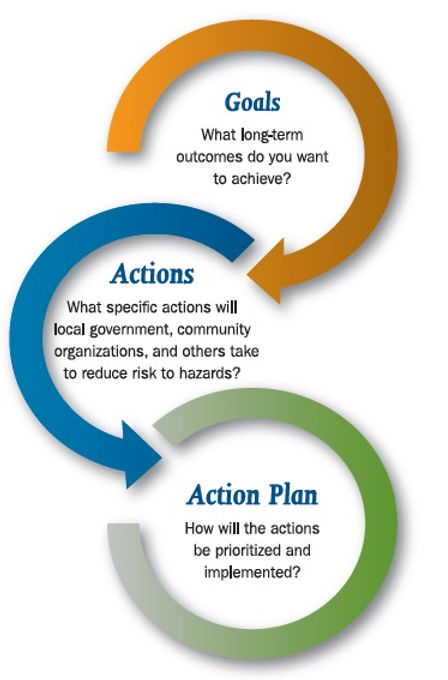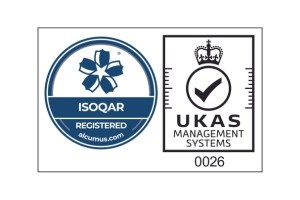The purpose of this post is to ensure a proper understanding of how to apply the SMART approach to your Objectives and Targets.
Setting effective objectives to guide your team and organisation is very important.
Badly formulated objectives will steer an organisation in the wrong direction. These steps will guide you on how to ensure proper objectives has been identified and action plans on how to achieve them is allocated:

Sort out the difference between objectives and aims, goals and/or targets before you start. Aims and goals relate to your aspirations, objectives are your battle-plan. Set as many objectives as you need for success.
Apply the SMART Approach: SMART stands for Specific, Measurable, Achievable, Realistic and Time bound.
There’s quite a wide range of variations in the way SMART is defined, and here we outline one of the most popular. Too often we don’t spend enough time clarifying what we’re really aiming to do before we move to action. It’s all too easy to set objectives that are so general that we don’t know exactly what we’re trying to achieve, or whether we’ve achieved it.
A structured approach forces us to think more deeply and methodically about what we actually want. Perhaps the best known of these approaches is the SMART acronym. This is a practical, straightforward tool, which can be used for both professional and personal planning.
Help ensure that your objectives are more than just wishes by making sure they are SMART. That’s to say any objectives you set should be: Specific, Measurable, Attainable, Relevant, and Time-bounded. What exactly do we mean by this? Try looking at any objective you have set, or are thinking about setting. Ask yourself: “is this objective…”
- Specific – is it clear what the objective is? Is it clear exactly what we mean?
- Measurable – how will we know if we have achieved the objective? How will we measure our success?
- Attainable – is it possible to achieve this objective? What do we need in place to make it attainable?
- Relevant – is this objective one that we consider appropriate. Does it deliver wider priorities? Is it worth doing?
- Time-bounded – by when are we going to achieve this? Setting a timescale provides focus and urgency, clarifying when you intend to achieve the objective. The objective has a deadline and is therefore more than just a wish!

How do you set SMART Objectives?
The first step is to use the specific, measurable and time-bounded criteria to write your objective, and then think through whether the objective is attainable and relevant by asking the questions suggested above.
In doing so, try to use SMART language. SMART objectives are more than just wishes so try to ensure that you base them on verbs, especially those with a strong call to action. If your objective is to improve something, then start with that. Here are some words which might help you define your objectives with a focus on action: reduce, improve, increase, eliminate, produce, install, write, develop, complete. For example:
- Reduce the waiting time at a clinic by 10%, within 2 months;
- Increase the profitability of the business by 5%, by the end of the year;
- Increase the number of improvement ideas implemented by (name of team or area), by 20% in the next three months;
- Shorten the time to market for new products/services, by 20% by the end of the year;
Remember that objectives are a call to action. They should result in a plan which details what you are going to do, and how you are going to specifically achieve your objectives.
Join our mailing list to receive upcoming posts: http://www.isoqar.co.za/





